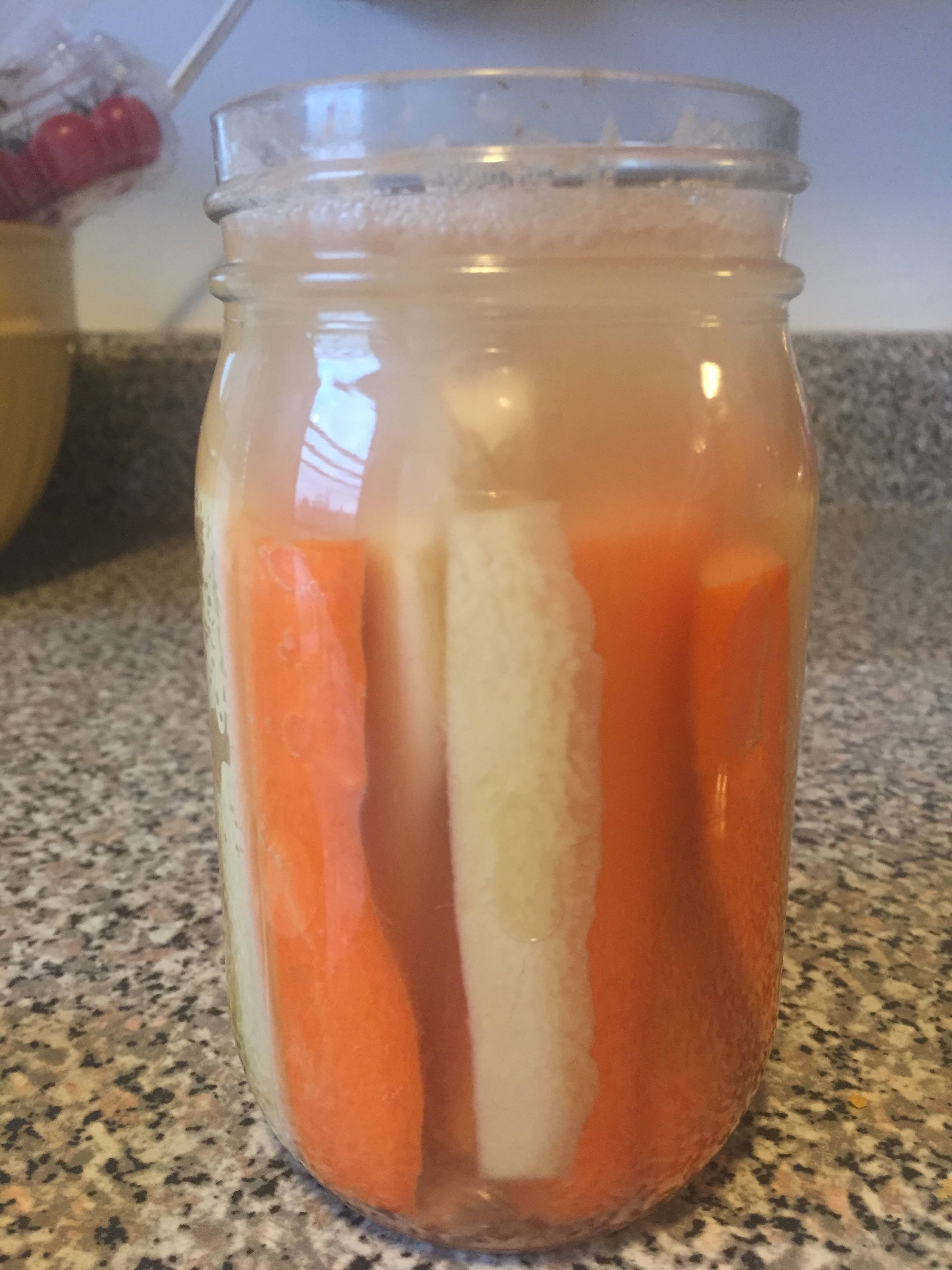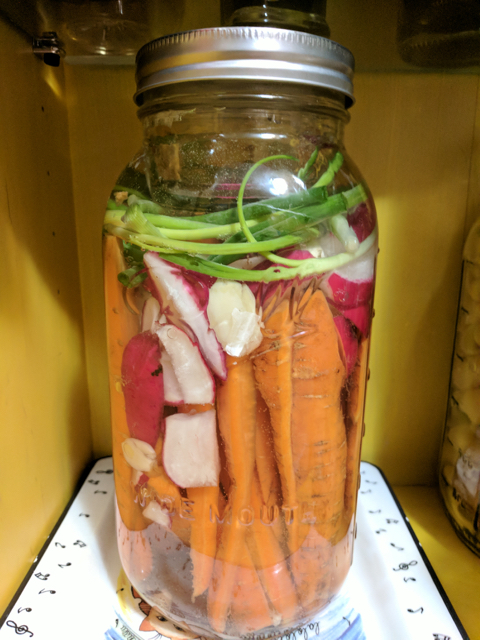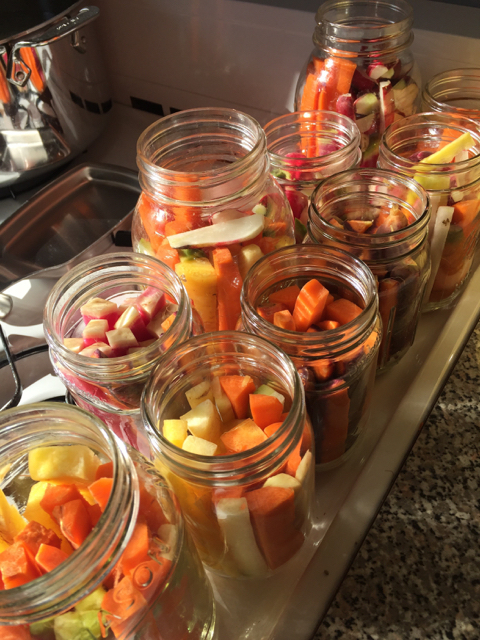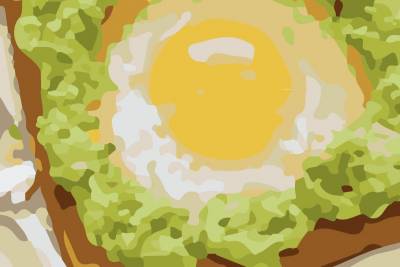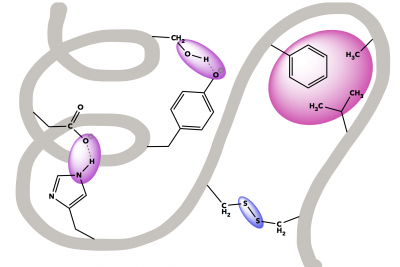Measuring the Change in pH During Lacto-Fermentation
Background
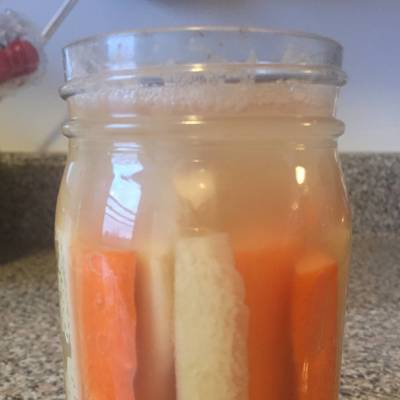
![]()
Materials
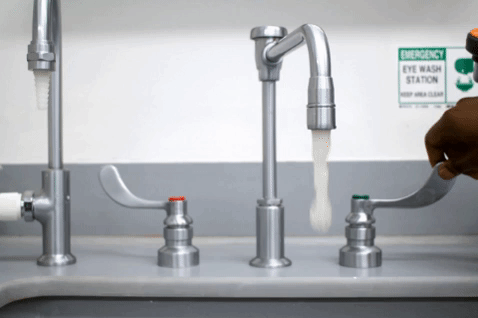
Common Items
- Water
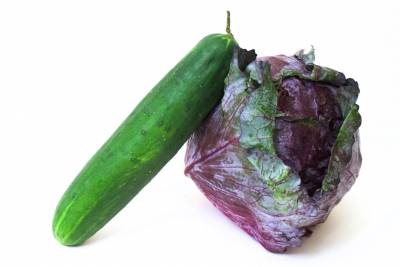
Corner Store: Grocery Items
- Choose one or more fermentable veggies, e.g.
- Cucumber
- Cabbage
- Carrots
- Peppers
- Beets
- Green Beans
- Salt (culinary preference is Grey Celtic Sea Salt, but any table salt will work)
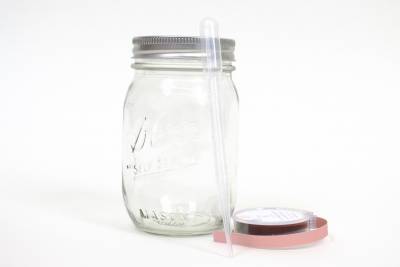
Corner Store: Kitchen Items
- Jar with Lid
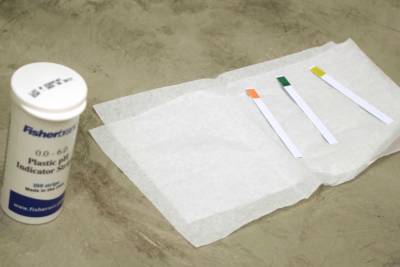
Laboratory Items (Kitchen substitutes in parentheses)
- Sterile Dropper (straw, turkey baster, or medicine syringe)
- Triple Beam Balance or Digital Scale (teaspoon measure)
- pH Paper (can be ordered online)
Preparation
- Wash and cut vegetables into spears of similar size such that the cut vegetables are shorter than the height of your jar
- Sterilize jars and lids in dishwasher (or with a sanitizing solution such as hydrogen peroxide (3%, undiluted) or StarSan)
Procedure
- Turn your sterilized jar on its side. Start loading vegetable spears into the jar, being sure that the length of vegetable pieces is shorter than the height of your jar
- Add approximately 20g of celtic sea salt (salt volumes vary, but if you cannot measure by weight: 5 tsp celtic sea salt, 5 tsp table salt, 6 1/4 tsp kosher salt) per pint of pickling volume (scale this if your jar volume is significantly different)
- Fill the jar to the very top with water.
- Cap it with the sanitized lid, and swish the liquid around a bit to mix the salt in.
- Remove the lid, and take a small drop of liquid out (using sterile dropper) and transfer to a pH strip. Record pH — this is time zero. Return lid.
- Continue measuring and recording pH using sterile dropper on a daily basis to understand how pH changes during the lacto-fermentation process.
- At the end of 2 weeks, the vegetables should be nice and crispy and ready to eat!
Discussion Questions
What conclusions can you draw about change in pH and fermentation?
Describe the changes you observed in your jar over the 2 week experiment.

